Options
buffalo nickel experts : need your help
can anyone give me an idea what causes the spots that is on this buff ? do you think they can be removed by restoration or is it environmental damage and pcgs will not grade ? Thanks for your help !

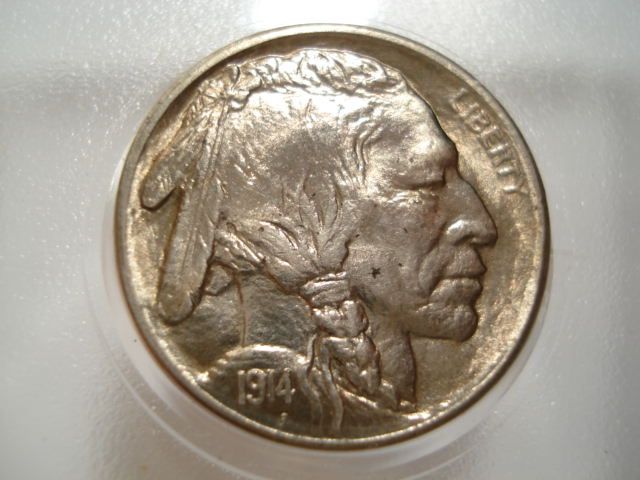
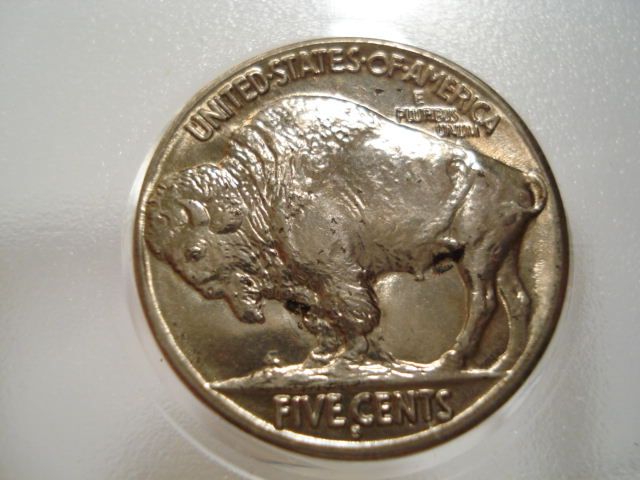
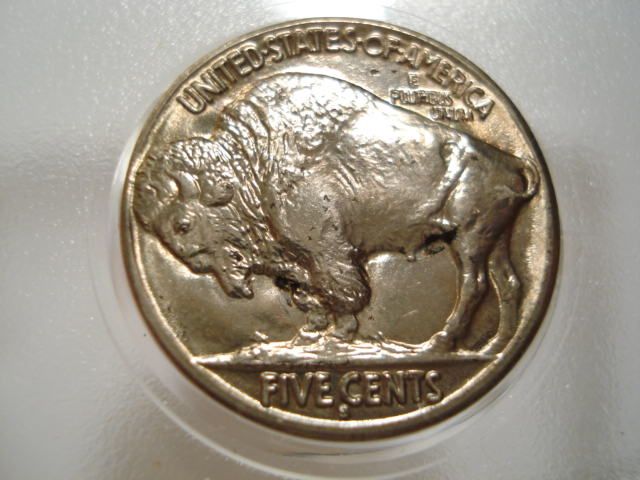
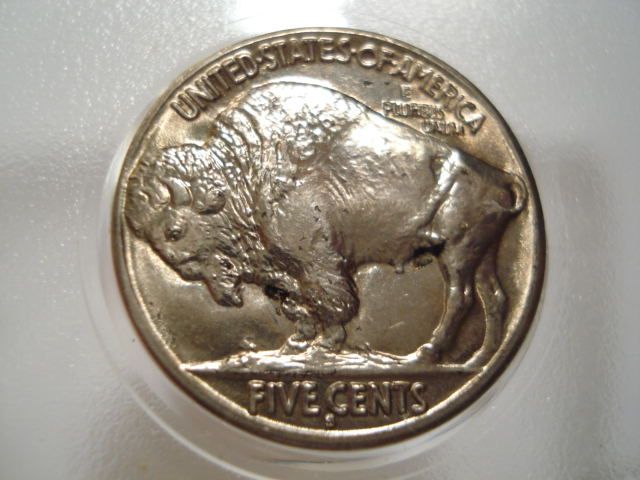

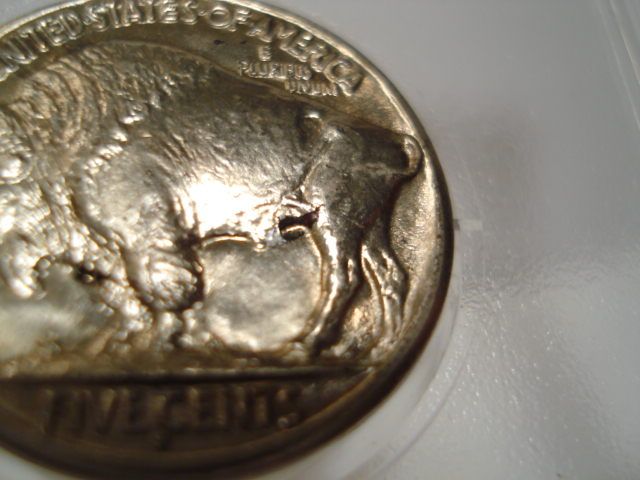







0
Comments
"Jesus died for you and for me, Thank you,Jesus"!!!
--- If it should happen I die and leave this world and you want to remember me. Please only remember my opening Sig Line.I also don't think acetone will touch them, but it won't hurt the coin either if you want to try.
Given that the coin is relatively valuable, it may well be worth getting an opinion from the professional restoration experts.
Jim
NCS
When a man who is honestly mistaken hears the truth, he will either quit being mistaken or cease to be honest....Abraham Lincoln
Patriotism is supporting your country all the time, and your government when it deserves it.....Mark Twain
I like the 'before' pictured coin SOOooo much better than the 'after'.
Although both are forms of environmental damage there is a long held difference by "old time professionals" between carbon spots and fly specks. Carbon spots are black corrosion products. They are not affected by acetone. They may be lightened or removed by mechanical or chemical processes, however, in virtually every case there is damage done to the underlying surface causing an "etched" patch or change of color. Professional conservation methods or some coin doctors know how to "disguise' these effects in many cases. Nickel is the easiest metal to work on. Copper is virtually impossible although I have heard that lasers are being tried as they do wonders on repairing gold coins.
Fly specks are tiny imperfections that have a microscopic foilated pattern that has "eaten" into the surface. Usually found on nickel coins. These can be lightened but not removed w/o abrasion.
I need to go out, will post more later if needed.
Olive oil will loosen corrosion but is not very effective and takes too long . You'll still have the black spots. There are faster methods to remove them.
Also, I forgot to add that acetone will remove the skin. Professionals often do time-consuming "spot" conservation leaving much of the coin untouched. Depends or the coin.
Finally, the corrosion on that nickel can be "fixed" in less than three minutes. Hiding the etched surface (when possible) takes longer.
The most important part of professional conservation is the evaluation - knowing what coins to touch and which to leave alone. Your coin should be "touched."